Development of Medium-Capacity Quick Charger for Electric Vehicles
- Shuto Yamamoto
- Takeshi Suzuki *1
- Takeshi Suzuki *2
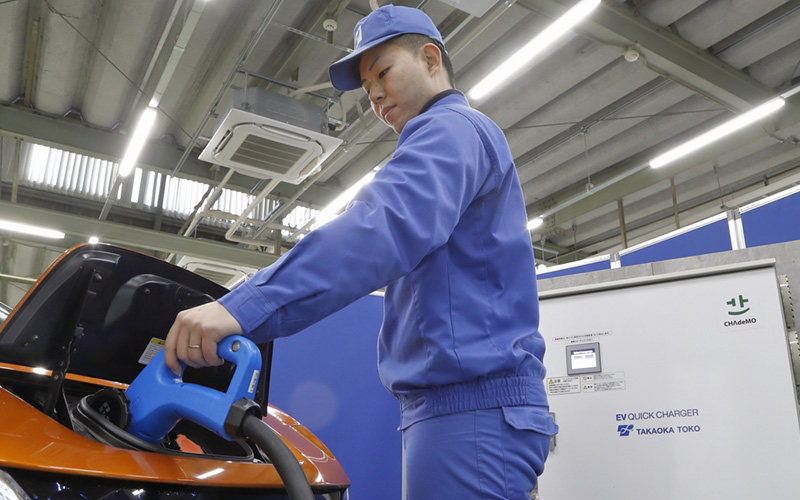
In recent years, there has been a global shift from gasoline vehicles to electric vehicles (EVs). Even in Japan, which is somewhat behind the rest of the world, efforts to achieve carbon neutrality by 2050 are becoming active, and the Japanese government has announced that it will aim for a 100% shift to EVs in new car sales by 2035. The automotive industry is now entering a period of change.
Expansion of charging infrastructure is essential for the spread of EVs. As a manufacturer with the top share of EV quick chargers, Takaoka Toko Co., Ltd. provides a wide range of EV charging solutions, thereby underpinning the EV society and contributing to the progress toward carbon neutrality and the prevention of global warming.
Recently, in order to contribute to the further expansion of charging infrastructure, we have developed a medium-capacity quick charger that meets needs for chargers in the middle range between quick chargers and normal chargers. This article introduces Takaoka Toko’s product development efforts and vision for the future.
Technology
Medium-capacity quick charger that can be wall mounted
Quick chargers with an output of 50 kW, which are typically installed in expressway service areas, generally take 30 minutes to complete charging and are used for charging on the way to a destination. However, in shopping malls and leisure facilities, where users’ stay time is usually 2 to 3 hours, a user of a 50-kW quick charger needs to move the EV after 30 minutes to make the parking space available to the next user. On the other hand, a normal charger (with an output of about 3 to 6 kW) cannot fully charge an EV battery in 2 to 3 hours. In addition, in order to install multiple 50-kW quick chargers so that EVs do not need to be moved immediately after charging, there are issues such as the need to boost the power supply system and secure additional spaces for installation.
The medium-capacity quick charger that we have developed is a charger that meets needs for chargers in the middle range between quick chargers and normal chargers. This thin wall-mounted type charger with a maximum output of 15 kW can charge a battery faster than a normal charger (with an output of about 3 to 6 kW). Its lower output than a 50-kW quick charger allows multiple units to be installed in the same facility without upgrading the power supply system.
Since the main unit is only 200-mm thick, the thinnest in the industry,* it fits in limited spaces in offices, factories, and buildings. In addition to being wall-mounted, it can also be installed on the floor like conventional products.
In terms of operability for charging, we have made it easier to handle by adopting a thin cable, taking advantage of its smaller output than conventional quick chargers. The display inherits the excellent operability of conventional quick chargers, allowing anyone to easily charge the battery simply by following the guidance.
In the future, we will develop a cloud-connected battery charge management system and a remote management system. We will refine the product to reduce the burden on customers and make it easier to use.
* As of February 21, 2023 Research by Takaoka Toko Co., Ltd.
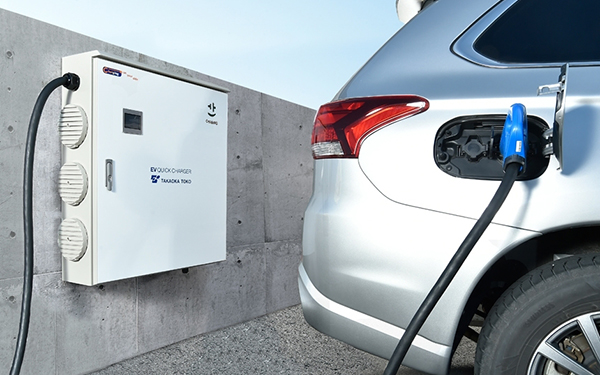
Profile
-
 Shuto YamamotoGX Solution Business Division
Shuto YamamotoGX Solution Business Division
System Solution Manufacturing Department
Development Group -
 Takeshi Suzuki *1GX Solution Business Division
Takeshi Suzuki *1GX Solution Business Division
System Solution Manufacturing Department
Development Group
Chief -
 Takeshi Suzuki *2GX Solution Business Division
Takeshi Suzuki *2GX Solution Business Division
System Solution Manufacturing Department
Development Group
Deputy Section Manager
Key requirements were moderate charging power and downsizing
Yamamoto:There are mainly two types of EV chargers being installed in Japan. One is quick chargers mainly with an output of 50 kW, which you see on expressways and roadside stations, and the other is normal chargers mainly with an output of 3 to 6 kW, which are installed in shopping malls and other similar places. Currently, chargers in town have a time limit of, for example, 30 minutes for a single charge, depending on the billing system. In 30 minutes, a normal charger can only charge about 10 to 20%. It may be possible to solve this problem by installing a quick charger anywhere, but there are many cases where it is difficult due to reasons related to space, power supply systems, and costs. The development of this medium-capacity quick charger was started in order to meet the needs of users who want to charge their EVs satisfactorily according to their stay time without feeling stressed.
Suzuki *2:As a side note, the term “medium-capacity” is not common. It is a name that we ourselves originated, in the sense that the capacity of the product is positioned between that of normal chargers and 50-kW quick chargers.
Yamamoto:We decided to develop a medium-capacity quick charger with an output capacity of 15 kW. Unlike quick chargers, which tend to be large, the housing of this product was designed with a focus on downsizing. When installing a charger in an existing parking lot for the first time, it was often the case that the parking space for one car was used to install the charger. In contrast, this new model has half the depth of the conventional model, and in addition, it can be wall-mounted. So, the charger is compatible with all installation methods.

Downsizing achieved by overcoming various challenges
Yamamoto:I was in charge of housing design and hardware design while supervising the entire project as the project leader. Downsizing was an issue for previous models as well, but in order to pursue it even further, we designed the housing and hardware in parallel, and proceeded with the design while trying to lay out internal parts efficiently. In addition, designers themselves assembled the prototype after the design was completed so that they could experience the assembly process from the beginning to the end and eliminate unnecessary space for assembly and internal wiring as much as possible.
Suzuki *2:As with Yamamoto, I was in charge of housing design and hardware design. In considering downsizing, we put extra focus on designing a shape that is easy for customers to accept. Also, since we aimed to reduce the introduction cost as well as the size of the product, we also put an emphasis on realizing a reasonable price range for customers.
Yamamoto:In order to keep the size of the housing as small as possible, the internal parts were laid out closely to each other. So, we faced the problem of temperature rising inside the housing during the verification test. It is possible to solve the problem by using additional parts, but that would be counter-productive because we aimed to reduce the physical size and cost of the product. We were able to solve the problem by making good use of the existing parts without changing the inside of the housing, but we had a hard time repeating a verification test many times before the solution.
Suzuki *1:I was in charge of software design. Since I designed the software of the previous model (quick charger), I took the approach of tuning the existing software to match the medium-capacity quick charger. Since early release was particularly important this time, the biggest challenge for me as a software developer was completing the software as early as possible. Software design must be coordinated with hardware design. So, for the issues that Yamamoto mentioned earlier, all project members joined discussions to find solutions, including software solutions.
Yamamoto:Customers who have purchased our conventional models have high expectations for this downsized medium-capacity quick charger. Also, we made extensive announcements through exhibitions and press releases and have already received many inquiries.

Fulfilling responsibilities as a manufacturer
in the rapidly changing EV charging infrastructure industry
Suzuki *1:As a future development goal, we are considering a system in which a controller controls the output of multiple chargers so that the facility’s power supply capacity is not exceeded. If a customer who has a power supply system with a capacity of 50 kW wants to install four medium-capacity quick chargers with an output capacity of 15 kW (total of 60 kW) without increasing the capacity of its power supply system, we believe that the need can be met by lowering the charging capacity of a charger that is not in use among the four and operating with three units (total of 45 kW), or reducing the output for cars that are almost fully charged. Also, “a 100% shift to EVs in new car sales by 2035” was announced as a policy of the Japanese government, so one of our missions will be to expand the EV charging infrastructure. There are various charging situations, such as base charging, destination charging, and in-route charging. We have mainly provided products for in-route charging, but I think that the development of products for other charging situations will become an issue going forward.
Suzuki *2:The EV charging infrastructure industry is expected to continue to change at a dizzying speed. As a manufacturer, we have to create trends, rather than keeping up with them. We would like to push forward with further research and development with a belief that understanding market trends and customer needs, and satisfying demand with a wide variety of products and early product releases are our responsibility and obligation as a manufacturer.
Yamamoto:Personally, I was involved in various designs through this project and gained a lot of experience as a project leader. I would like to make use of what I have learned this time to improve product functions and develop new models, aiming for short-term development and rapid launch into the market, as well as contributing to the further expansion of EV charging infrastructure.

Latest articles
-
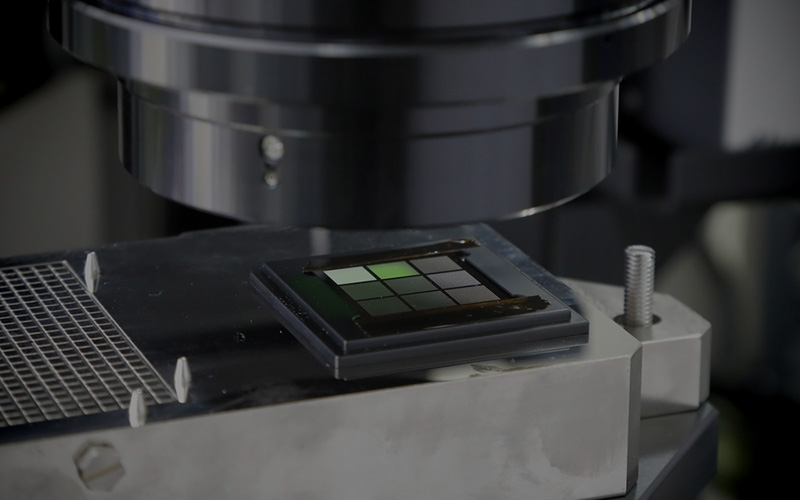 interviewThe confocal surface shape measurement system for semiconductor reliabilityIt is no exaggeration to say that semiconductors are used in everything supporting our lives and industry in modern society. Examples include smartphones, home appliances, and industrial products in various fields.
interviewThe confocal surface shape measurement system for semiconductor reliabilityIt is no exaggeration to say that semiconductors are used in everything supporting our lives and industry in modern society. Examples include smartphones, home appliances, and industrial products in various fields. -
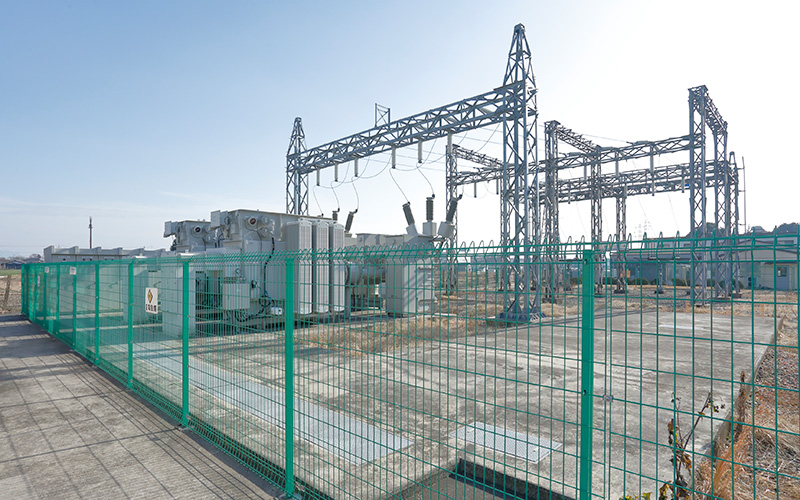 interviewImplementation of a Sensor Solution for Substation DigitalizationGlobal energy prices remain at high levels. The presumed cause is the imbalance between energy supply and demand due to recovery in economic activity from the spread of COVID-19, unseasonable weather, disasters, Russia's invasion of Ukraine, and other factors. The soaring energy prices naturally have an impact on the electricity sector, putting not only ordinary households but also electricity suppliers, or electric power companies, in a difficult situation. Power companies are being forced to cut costs to keep power prices down.
interviewImplementation of a Sensor Solution for Substation DigitalizationGlobal energy prices remain at high levels. The presumed cause is the imbalance between energy supply and demand due to recovery in economic activity from the spread of COVID-19, unseasonable weather, disasters, Russia's invasion of Ukraine, and other factors. The soaring energy prices naturally have an impact on the electricity sector, putting not only ordinary households but also electricity suppliers, or electric power companies, in a difficult situation. Power companies are being forced to cut costs to keep power prices down. -
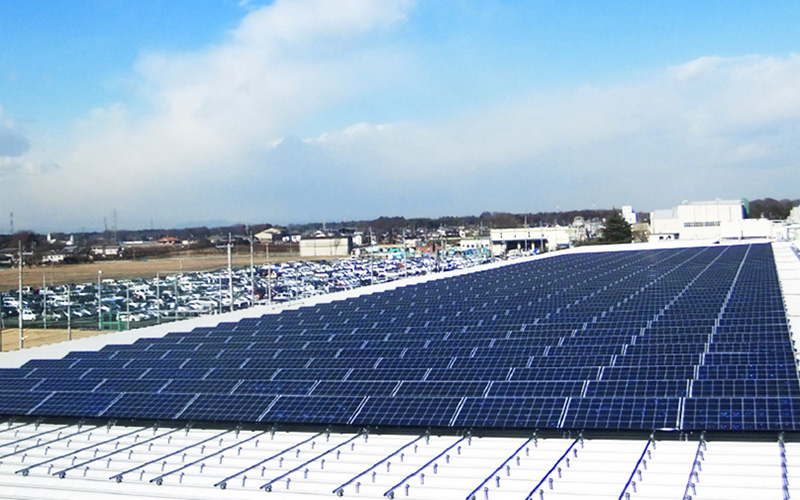 interviewDevelopment of Techniques for Solar Power Generation Prediction Using AIIn order to promote carbon neutrality, the use of renewable energy that doesn't emit CO2 is expanding.Among renewable energy resources, solar power generation is an important one which will continue to grow in popularity.
interviewDevelopment of Techniques for Solar Power Generation Prediction Using AIIn order to promote carbon neutrality, the use of renewable energy that doesn't emit CO2 is expanding.Among renewable energy resources, solar power generation is an important one which will continue to grow in popularity. -
 interviewDevelopment of Medium-Capacity Quick Charger for Electric VehiclesIn anticipation of expansion of EV charging infrastructure in Japan, where the EV shift is accelerating, we worked on the development of the “medium-capacity quick charger (B11)” as a charger that meets the needs for intermediate chargers between normal chargers and quick chargers. This article introduces the features of the product, ingenuity in the development process, and our future vision.
interviewDevelopment of Medium-Capacity Quick Charger for Electric VehiclesIn anticipation of expansion of EV charging infrastructure in Japan, where the EV shift is accelerating, we worked on the development of the “medium-capacity quick charger (B11)” as a charger that meets the needs for intermediate chargers between normal chargers and quick chargers. This article introduces the features of the product, ingenuity in the development process, and our future vision.
